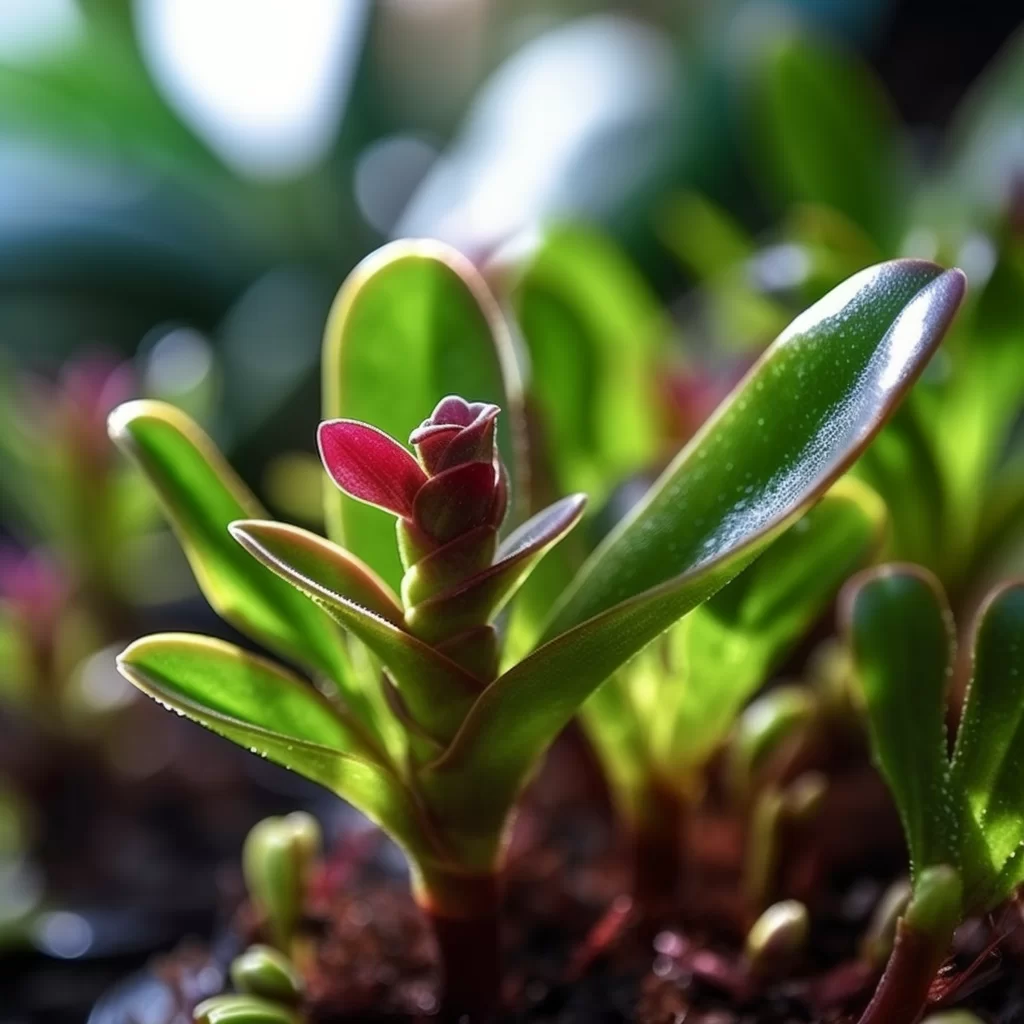Story of Day :
Contents
The Ultimate Guide to Dischidia Plants – Care Tips and More!
Are you looking for a unique plant to add to your garden collection? Look no further than the dischidia plant! This little gem is perfect for those who want something that is easy to care for, visually pleasing, and versatile.
In this guide, we will cover everything you need to know about dischidia plants, from their history and characteristics to tips on how to care for them.
What is a Dischidia Plant?
Dischidias are tropical vines that belong to the same family as milkweeds.
They are native primarily in Southeast Asia and Australia.
These plants have evolved specialized structures called “ant domatia” or “ant houses,” which serve as homes for ants in exchange for protection from predators.
The leaves of the dischidia plant can vary in shape and size but are typically small and succulent-like with tiny hairs on their edges.
The flowers of these plants are small, star-shaped blooms that come in various colors such as white, pink or purple!

Care Tips
If you’re interested in adding a dischida plant into your home or garden collection then there are certain things you should keep in mind when caring for them:
- Light: These plants prefer bright indirect light so place them near a window where they can receive filtered sunlight without being exposed directly.
- Water: Dischidias don’t require much water so wait until its soil has become dry before watering it again; overwatering may lead its roots toward rotting
- Humidity:: Dischidias thrive best when exposed with high levels of humidity, so it’s advisable to spritz the leaves with water or mist its surrounding every other day.
- Soil:: Dischidias prefer well-draining soil and like to be planted in a pot with drainage holes at the bottom to avoid overwatering.
- Fertilizer: Fertilize your dischidia plant during its growing season but do so sparingly! You can use an all-purpose fertilizer diluted by half once every few weeks as they are not heavy feeders.
If you follow these basic care tips, you’ll be able to enjoy beautiful blooms and lush foliage from your dischidia for years!

Varieties of Dischidia Plants
There are several varieties of dischidias available in nurseries and garden centers.
Some popular types include:
- Dischidia nummularia (String of Nickels): This variety is notable for its coin-shaped leaves that grow closely on long vines, making it perfect for hanging baskets or trailing along a shelf.
It’s relatively easy to care for and grows quickly!
- Dischidia ovata (Watermelon Dischia):: As the name suggests, this variety has watermelon-like foliage with hints of pink, blue-green leaves that form heart shapes which trail along vining stems.
- Dichitia Pectinoides(“ Dragon Jade”): It is known as ‘Dragon jade’ because of its attractive green coloration patterns resembling dragon scales .It’s one most sought after species due to their colorful structure & low maintenance nature .
Troubleshooting Common Issues

Despite their adaptability, dischidia plants are not immune to issues.
Common problems that are seen with Dischidias include:
- Pests: Spider mites and mealybugs can infest these plants if they’re left in overwatered soil or exposed to dry air.
If you notice pests, then isolate the plant from other houseplants and treat it with insecticidal soap immediately.
- Fungal Disease: Dischidias can be prone to root rot if their soil is overly moist for extended periods of time.
Make sure there’s adequate drainage in the pot, and avoid overwatering.
The Bottom Line
If you want a plant that’s easy to care for, visually appealing and versatile, then look no further than the dischidia plant! These tropical vines are perfect for gardeners looking for something unique without too much effort.
By following our tips on caring for them correctly plus planting tips & advice on choosing your favorite variety of dischia you’ll have a thriving beautiful vine growing in no time!
